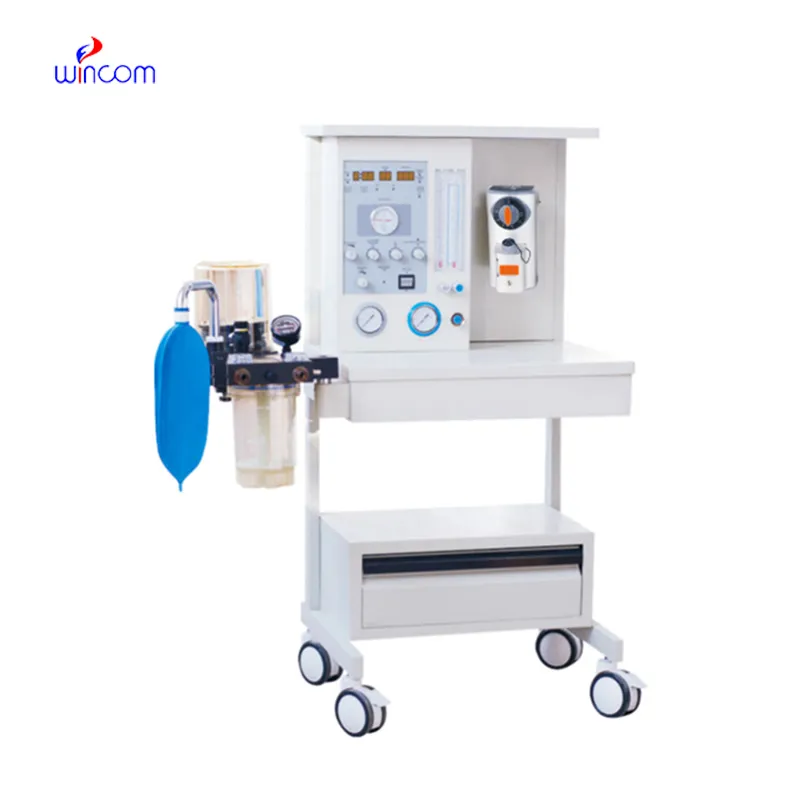
The 1st x ray machine comes equipped with an intelligent imaging system that increases grayscale depth and detail understanding. The complex algorithms of the 1st x ray machine improve the viewing of subtle lesions and tissues. The 1st x ray machine has been designed for high throughput capabilities that promote rapid viewing cycles and convenient data accessibility.

Apart from traditional diagnostics, the 1st x ray machine is applied in interventional procedures to assist physicians in minimally invasive treatments. It provides real-time imaging during catheter placement, spinal manipulations, and orthopedic implant confirmation. The 1st x ray machine enhances the accuracy of the procedure and patient safety in complex medical procedures.

The 1st x ray machine will be revolutionized through AI-based image analytics, enabling faster diagnostic reporting and decision-making assistance. Miniaturization of sensors will lead to ultra-portable hardware in emergency and field medicine. The 1st x ray machine will redefine medical imaging with higher accuracy, velocity, and interconnectedness for healthcare networks.

The 1st x ray machine require care of the environment and technical inspection. The equipment room needs to be dry, clean, and ventilated well. The 1st x ray machine need to be calibrated regularly, and any unusual sound or display anomaly needs to be reported to technicians at once for evaluation.
The 1st x ray machine uses X-ray transmission through the body to form an image on a detector that helps the doctor see the inside of the body without resorting to surgical procedures. The 1st x ray machine produces images that have high clarity and resolution to ensure accurate diagnoses. The 1st x ray machine has various applications in medicine depending on the part of the body that needs to be viewed.
Q: What are the main components of an x-ray machine? A: The main components include the x-ray tube, control panel, collimator, image receptor, and protective housing, all working together to produce diagnostic images. Q: How should an x-ray machine be maintained? A: Regular inspection, calibration, and cleaning are essential to keep the x-ray machine operating accurately and safely over time. Q: What industries use x-ray machines besides healthcare? A: X-ray machines are also used in security screening, industrial testing, and materials inspection to identify defects or hidden items. Q: Why is calibration important for an x-ray machine? A: Calibration ensures that the machine delivers accurate radiation doses and consistent image quality, which is crucial for reliable diagnostics. Q: How long does an x-ray machine typically last? A: With proper maintenance, an x-ray machine can remain operational for over a decade, depending on usage frequency and environmental conditions.
This ultrasound scanner has truly improved our workflow. The image resolution and portability make it a great addition to our clinic.
The delivery bed is well-designed and reliable. Our staff finds it simple to operate, and patients feel comfortable using it.
To protect the privacy of our buyers, only public service email domains like Gmail, Yahoo, and MSN will be displayed. Additionally, only a limited portion of the inquiry content will be shown.
I’m looking to purchase several microscopes for a research lab. Please let me know the price list ...
Could you please provide more information about your microscope range? I’d like to know the magnif...
E-mail: [email protected]
Tel: +86-731-84176622
+86-731-84136655
Address: Rm.1507,Xinsancheng Plaza. No.58, Renmin Road(E),Changsha,Hunan,China